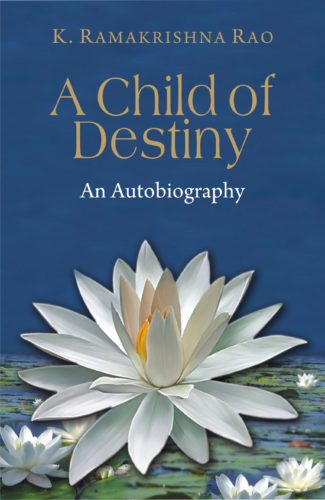

A Child of Destiny...
A Child of Destiny
An Autobiography by: K. Ramakrishna RaoThis book is an autobiographical essay of Dr K.R. Rao, offering a possible source to inspire the aspiring individual not only to set noble goals but also find possible ways of reaching them.
Original price was: ₹950.00.₹855.00Current price is: ₹855.00.
ISBN: 9788124610305
Year Of Publication: 2020
Edition: 1st Edition
Pages : x, 184
Bibliographic Details : Bibliography
Language : English
Binding : Hardcover
Publisher: D.K. Printworld Pvt. Ltd.
Size: 23
Weight: 600
““This book is an autobiographical essay of a man who rose from a humble beginning in a remote village with one room elementary school to attend the University of Chicago, with its impressive Gothic structures ranked among the best in the world; and to become the Chancellor of a prestigious university in the country. Dr Rao attributes all this to destiny. Destiny in this view constitutes the circumstances in which one is situated; but it is the deftness with which one manoeuvres himself through the maze of circumstances that really matters in the final analysis.
The book is offered as a possible source to inspire the aspiring individual not only to set noble goals but also find possible ways of reaching them. Blessed is the one who moves his way upward without hurting himself or others in the process. This has been the guiding principle of Dr Rao.”
“
Preface
- Growing Up in a Rural Community
- First Trip to USA
- Return to USA
- Unexpected Twists and Turns: Again, the Hand of Destiny
- Back to Andhra University
- Two Decades Heading the Institute of Parapsychology
- Brief Stint in NTR’s Government
- Beginning of a New Phase
- Unexpected Assignments
- Concluding Thoughts
Bibliography of Publications







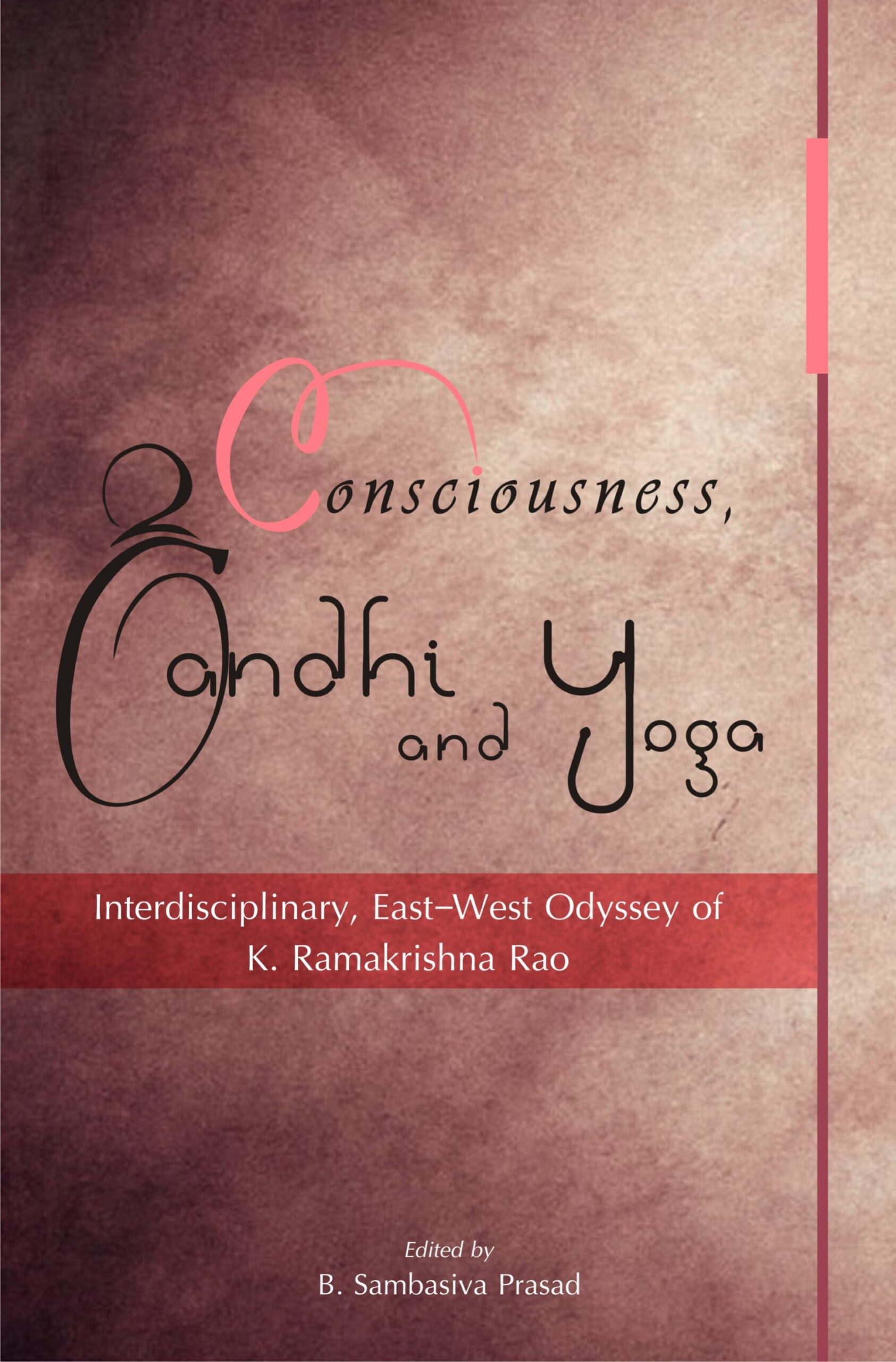
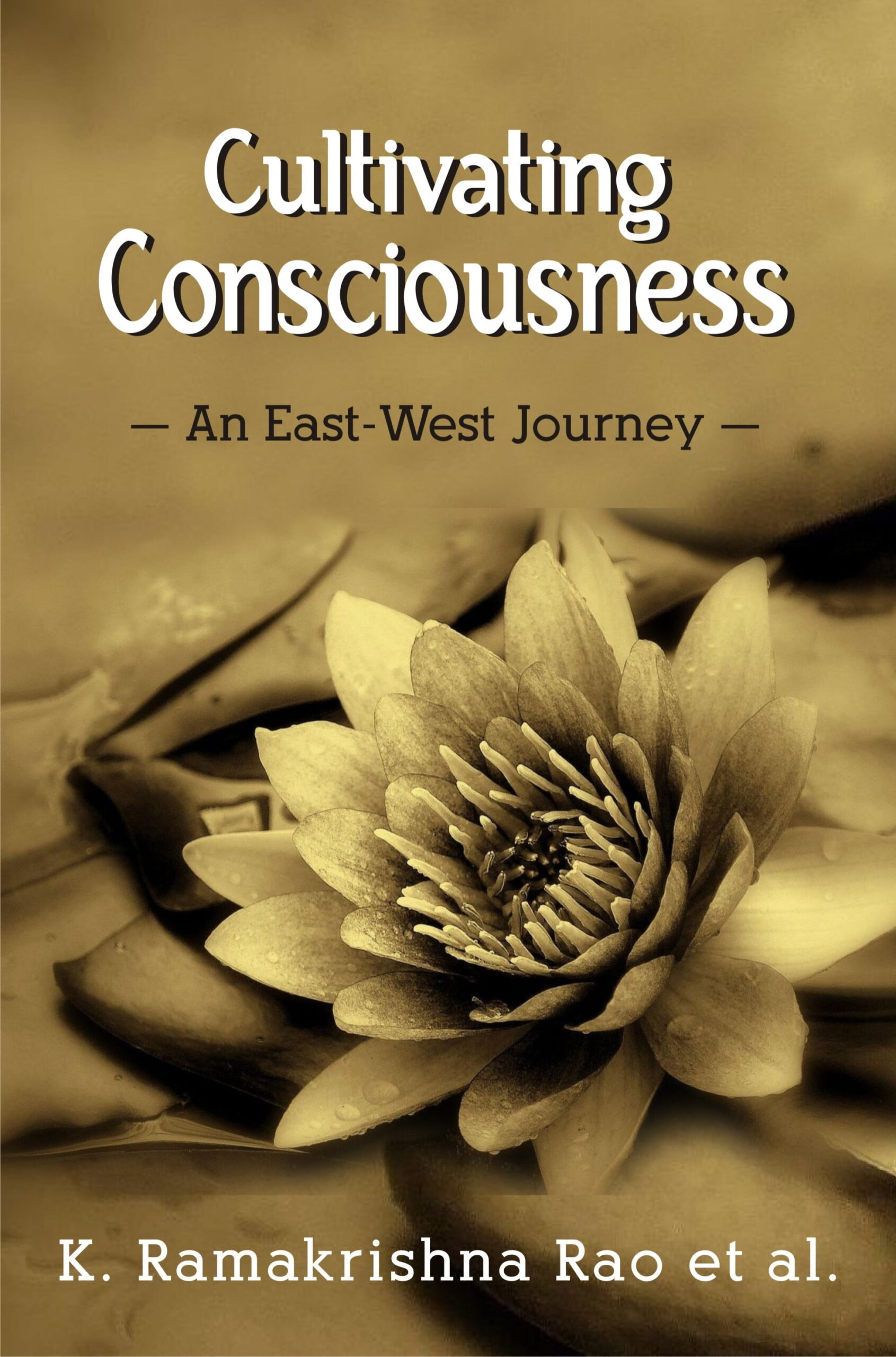
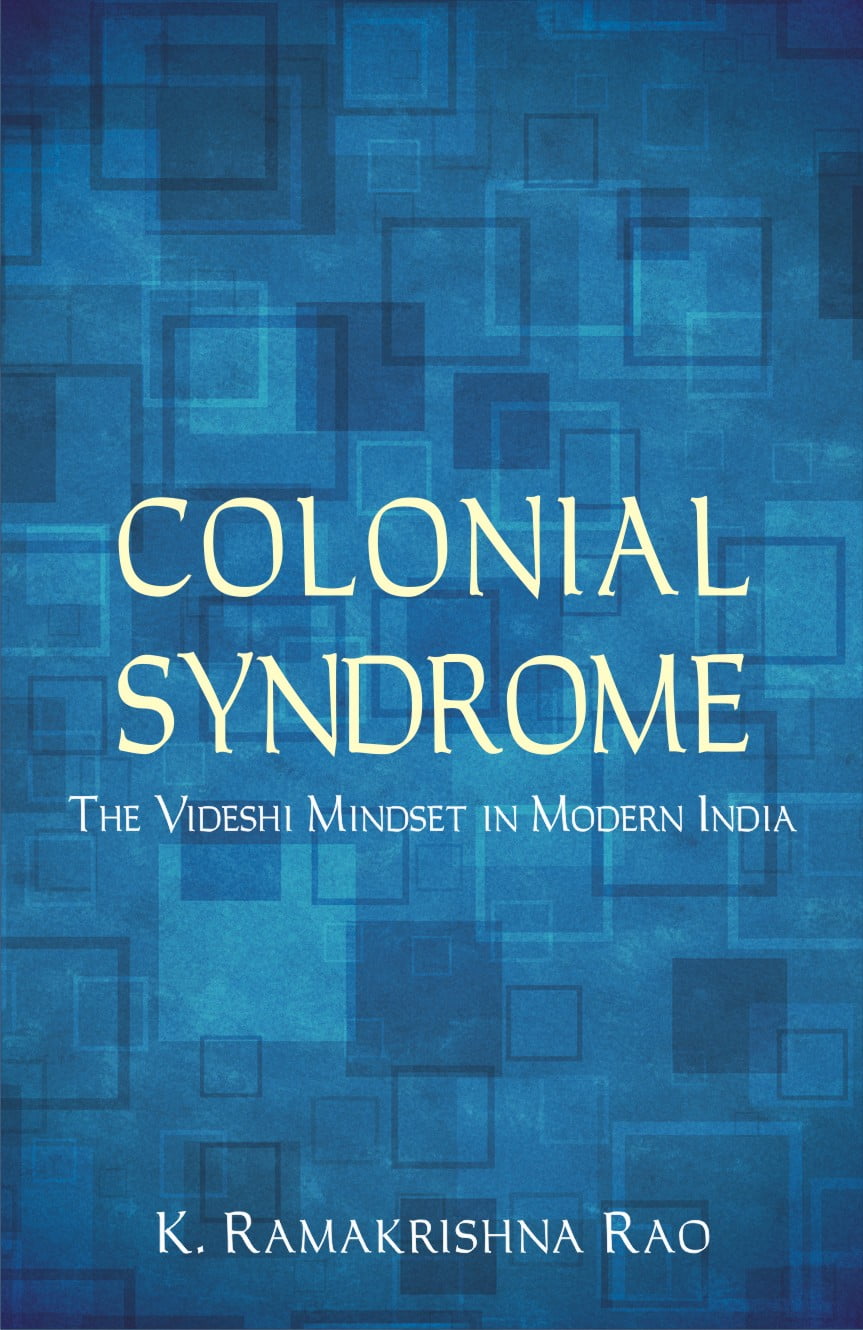



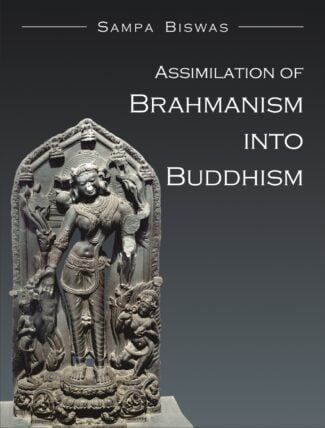


There are no reviews yet.